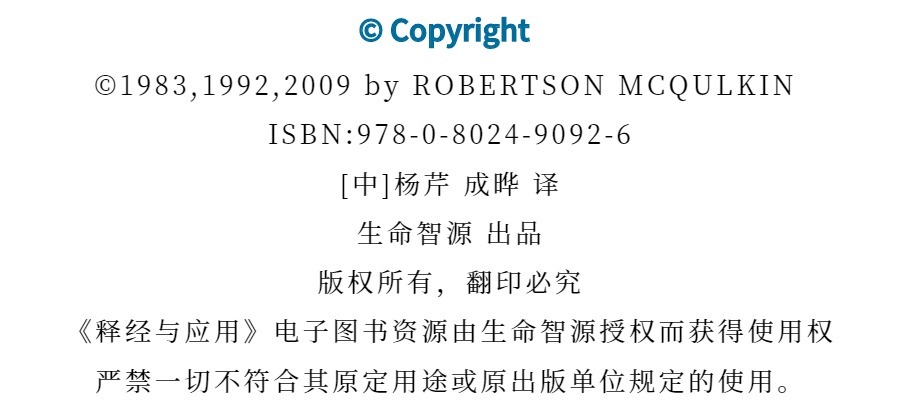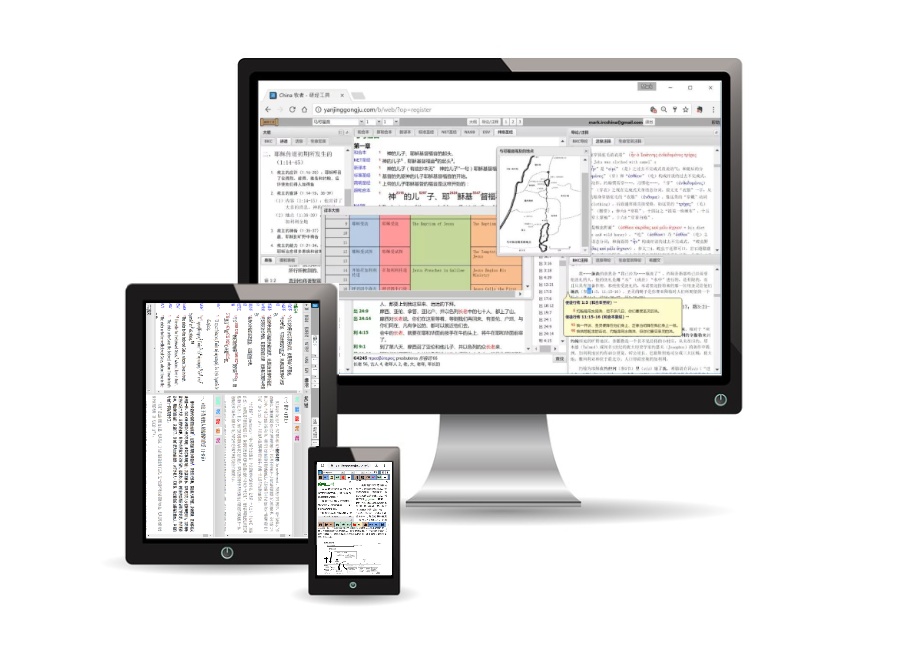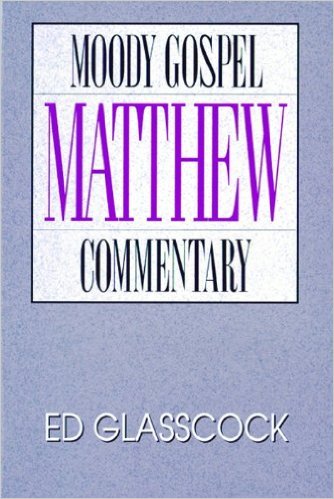总结
圣经中充满了非字面性的语言。正如我们已经看到的,修辞性语言在很多方面是非常重要和有价值的。但是,我们若要圣经在我们的生活运用中显出其宝贵的价值,必须要确定作者的本意。
我们已经学习了必要的步骤:确定经文是否是修辞性的,确定它是何种表现手法,然后再使用通用指导方法和特殊指导方法确定作者选择“图像化的语言”时想要表达的意思。
之后,我们将探讨应用圣经真理的原则。然而目前让我们记住:修辞性并不意味着“不真实”或“次要”。修辞性的语言教导我们真确和重要之事。在我们确定了修辞性语言的真实含义后,就应该充满信心地将它应用到生活中。
推荐阅读书目
Bullinger, E. W. Figures of Speech Used in the Bible. 1898; reprint, GrandRapids: Baker, 1968.
Byatt, A. New Testament Metaphors. Edinburgh: Pentland Press, 1995.
Caird, G. B. The Language and Imagery of the Bible. Philadelphia: Westminster, 1980.
Good, E. M. Irony in the Old Testament. 2nd ed. Sheffield: Almond Press, 1981.
Goppelt, L. Typos: The Typological Interpretation of the Old Testament in the New. Grand Rapids: Eerdmans, 1982.
Keach, Benjamin. Preaching from the Types and Metaphors of the Bible. Reprint; Grand Rapids: Kregel, 1972.
Lamsa, George M. Idioms in the Bible Explained. New York: Harper & Row, 1985.
Macky, Peter W. The Centrality of Metaphors to Biblical Thought. Lewiston, N.Y.: Mellen, 1990.
O’Connor, Daniel. The Images of Jesus: Exploring the Metaphors in Matthew’s Gospel. Minneapolis: Winston, 1977.
Ryken, Leland, et al., eds. Dictionary of Biblical Imagery. Downers Grove, Ill.: InterVarsity, 1998.
Seitz, C. Figured Out: Typology and Providence in Christian Scripture. Louisville: Westminster John Knox, 2001.
Terry, Milton. Biblical Hermeneutics. Reprint; Grand Rapids: Zondervan, 1974.
Wiersbe, Warren W. Index of Biblical Images. Grand Rapids: Baker, 2000.
Williams, David John. Paul’s Metaphors. Peabody, Mass.: Hendrickson, 1999.









